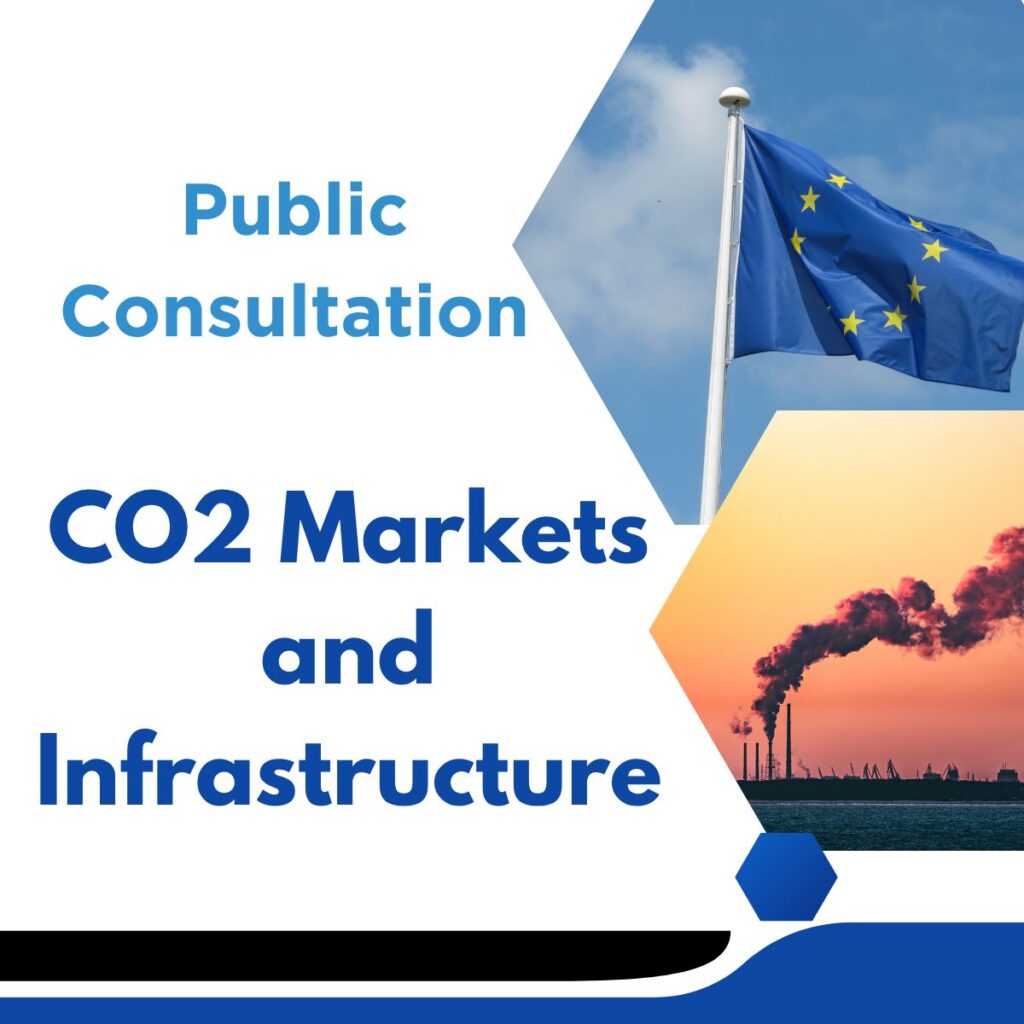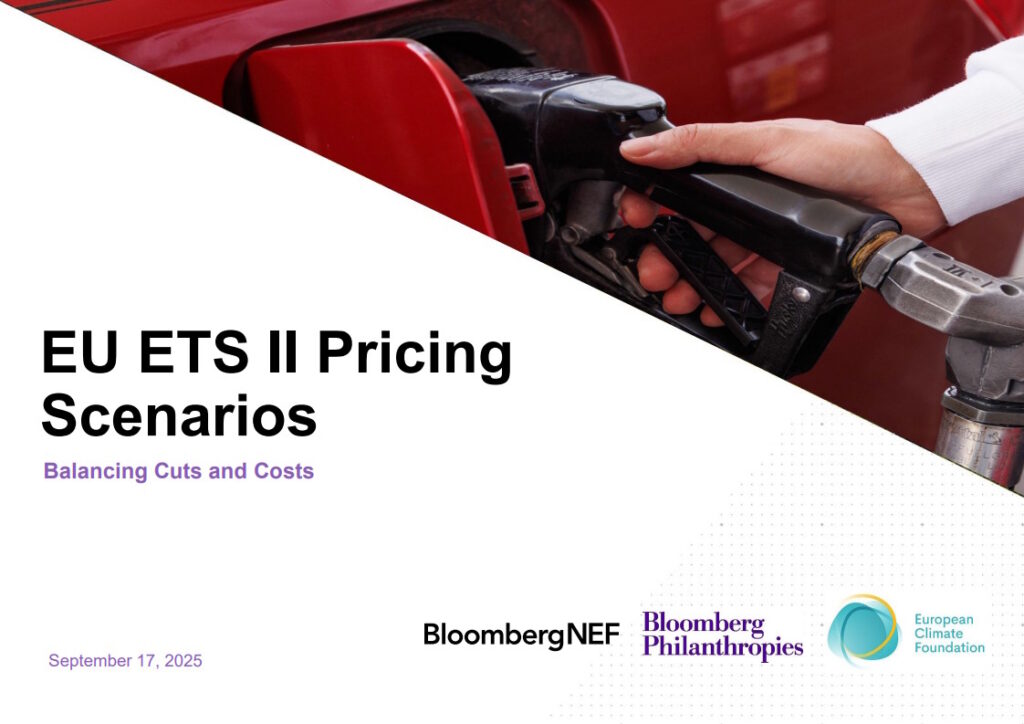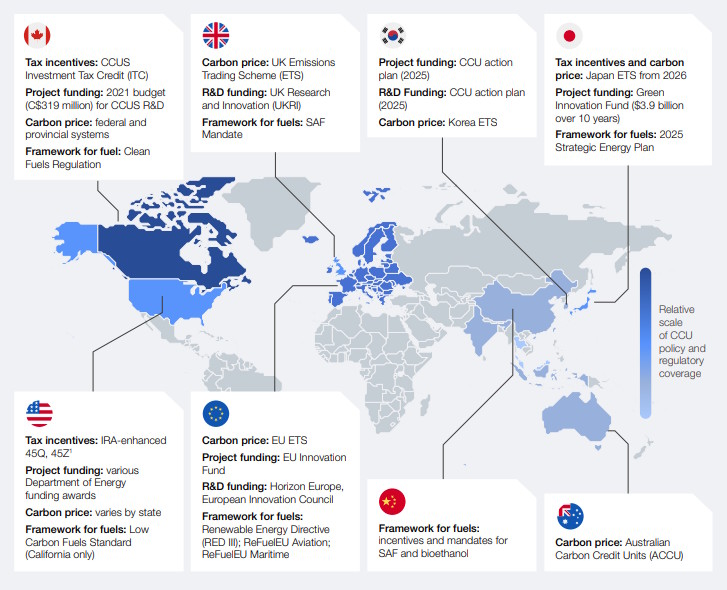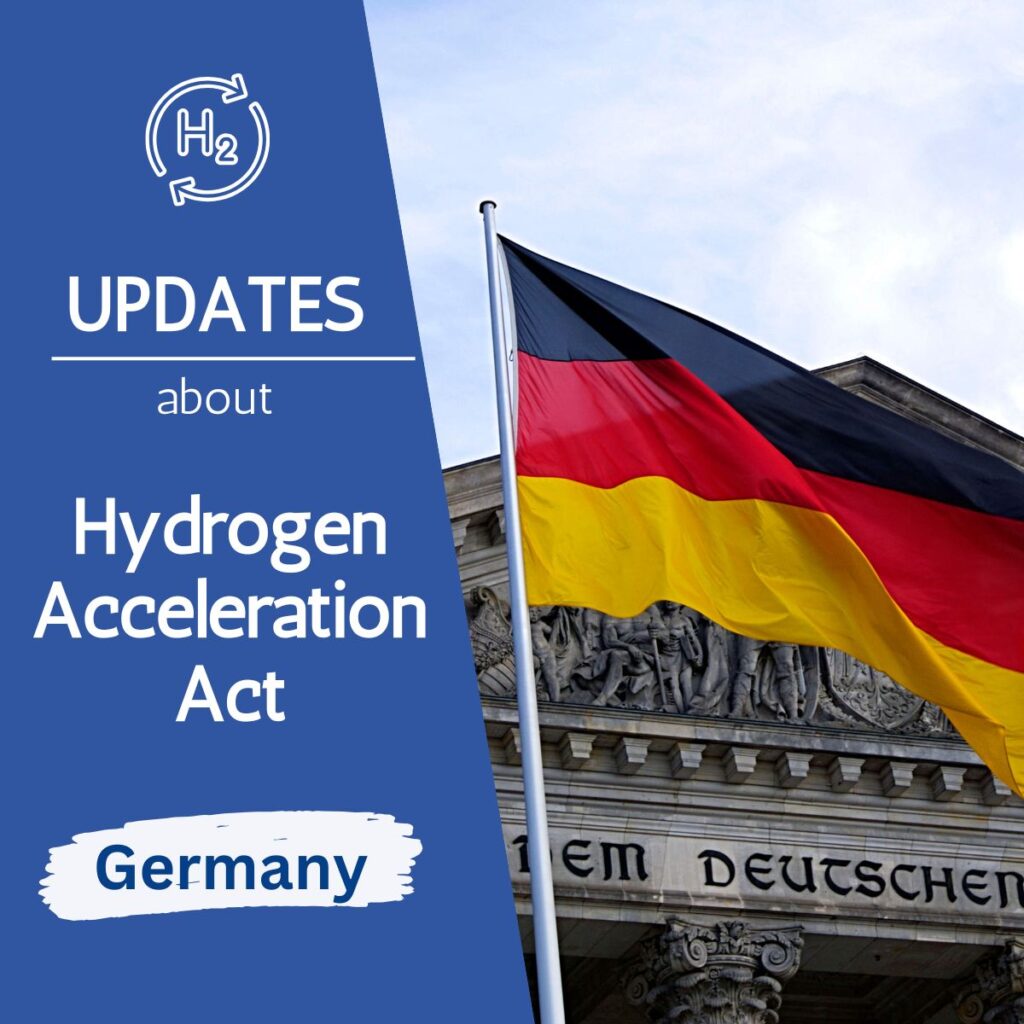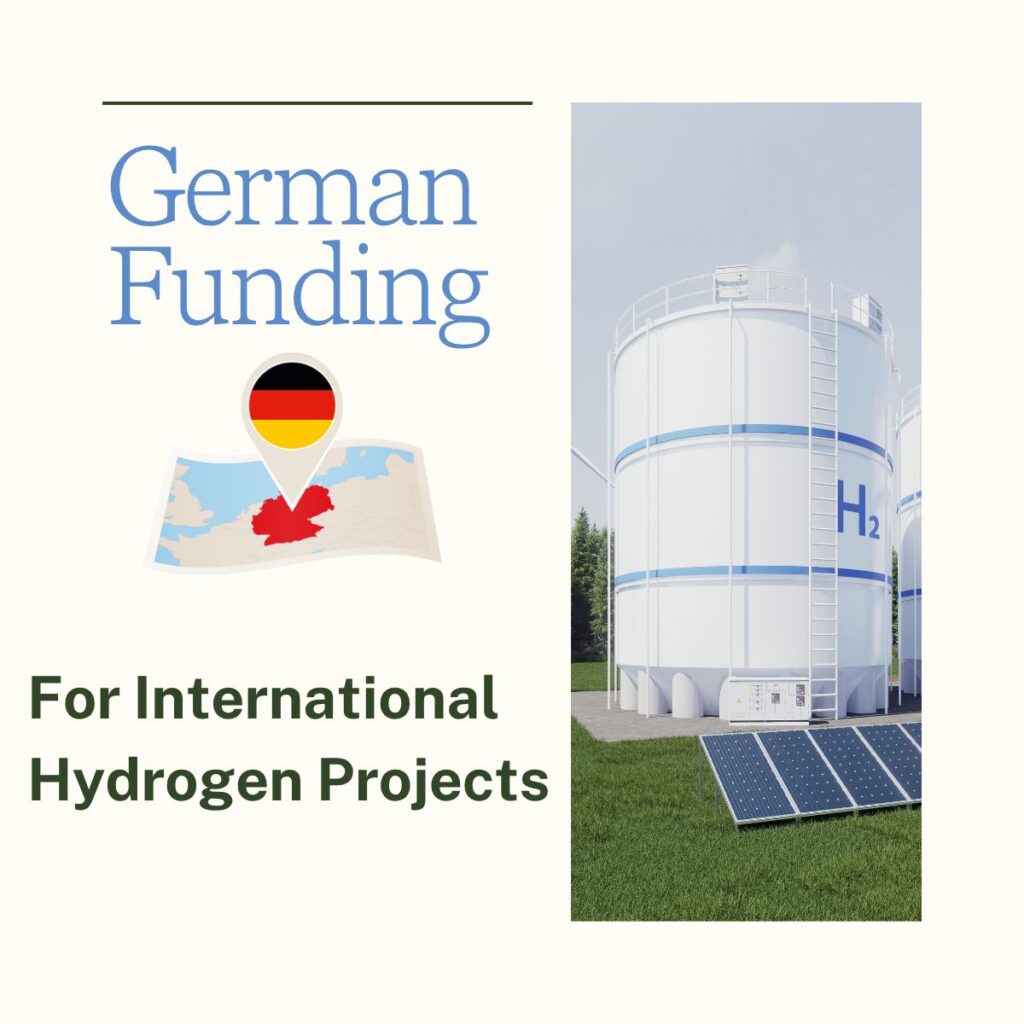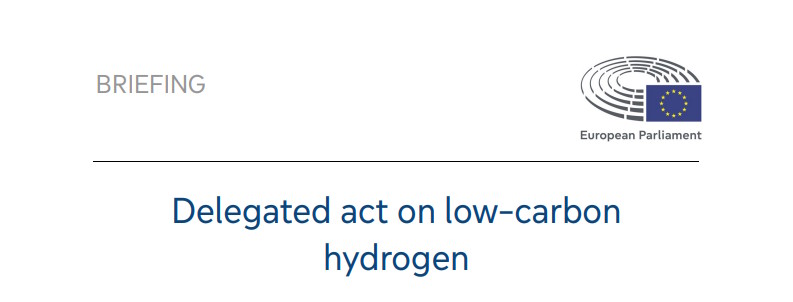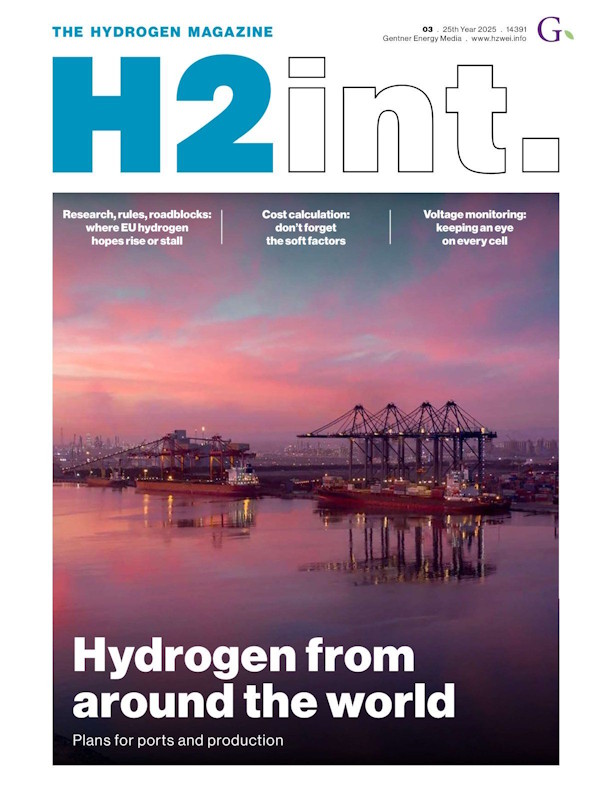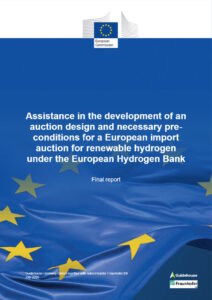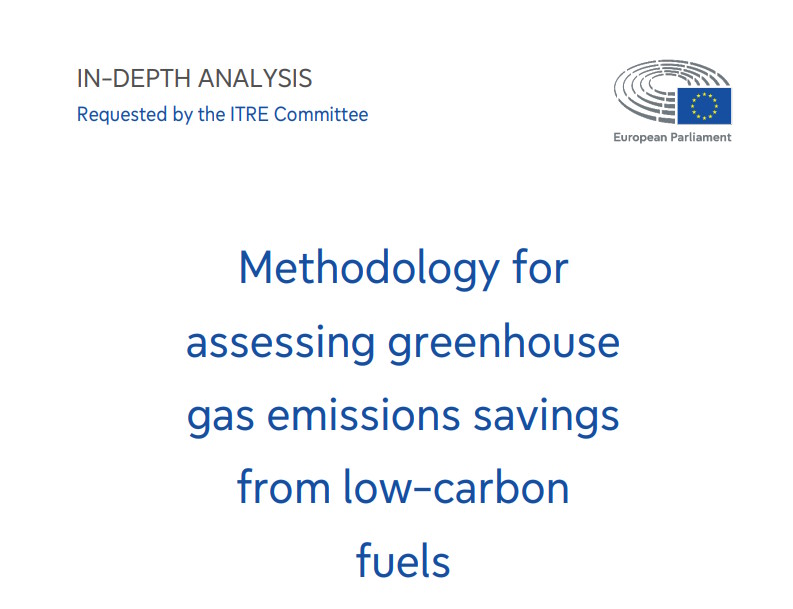Preparatory process for the 2026 bidding round of Carbon Contracts for Difference
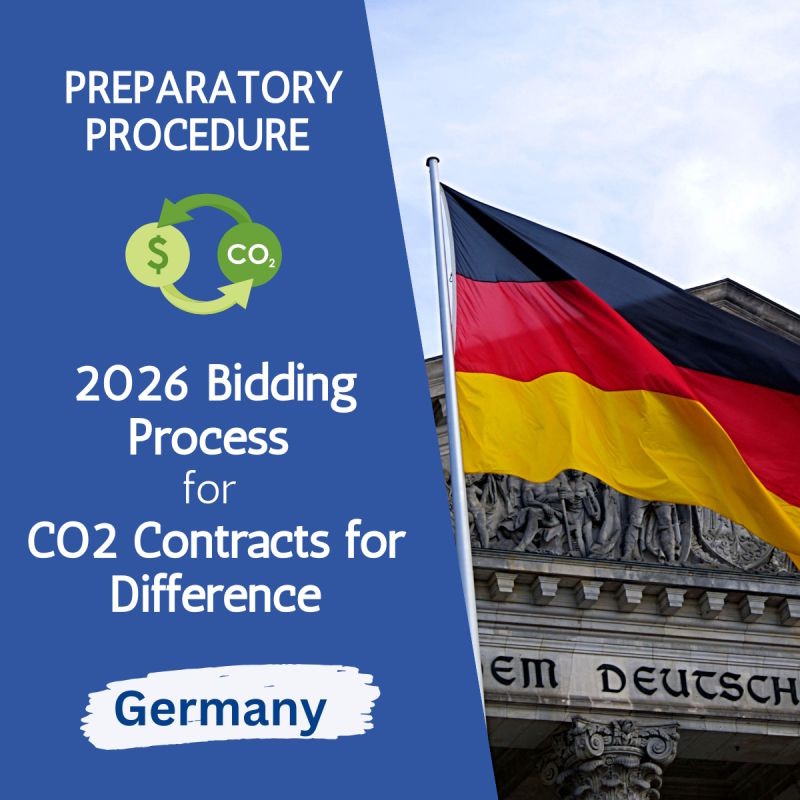
📢 Germany launches preparatory process for the 2026 bidding round of Carbon Contracts for Difference (Klimaschutzverträge)
On 6 October, the German Federal Ministry for Economic Affairs and Climate Action (BMWK) initiated the preparatory phase for the 2026 bidding round of CO2-Differenzverträge (Carbon Contracts for Difference, CCfDs). Carbon Contracts for Difference are one of the key funding instruments supporting the decarbonisation of energy-intensive industries.
✅ Main purposes of the CCfDs:
📌 CCfDs protect companies investing in low-carbon production processes against price risks. Fluctuations in CO2 and energy prices, as well as cost differences compared to conventional production processes, are compensated over a period of 15 years.
📌 The contracts also aim to accelerate the market ramp-up of new technologies (e.g. industrial heat pumps, hydrogen applications, CO2 capture and storage, and energy storage technologies) and to help establish innovative production processes on the market.
☑️ Eligibility requirements:
📌 Companies are free to decide how to convert their production processes in line with the energy sources used (electricity, low-carbon hydrogen, biomass).
📌 The only requirements are milestones for CO2 savings: 60% from the third year and 90% in the final year of the contract term.
📌 Companies are remunerated based on the actual CO2 savings achieved.
📌 The CCfDs are also open to small and medium-sized enterprises with smaller production facilities.
📅 Schedule:
- Participation in the preparatory phase until 1 December 2025 is required for companies wishing to submit bids in 2026.
⚠️ The bidding process remains subject to budgetary approval and state aid clearance by the European Commission.
📘 More information and documentation on the preparatory process are available at https://www.klimaschutzvertraege.info/

